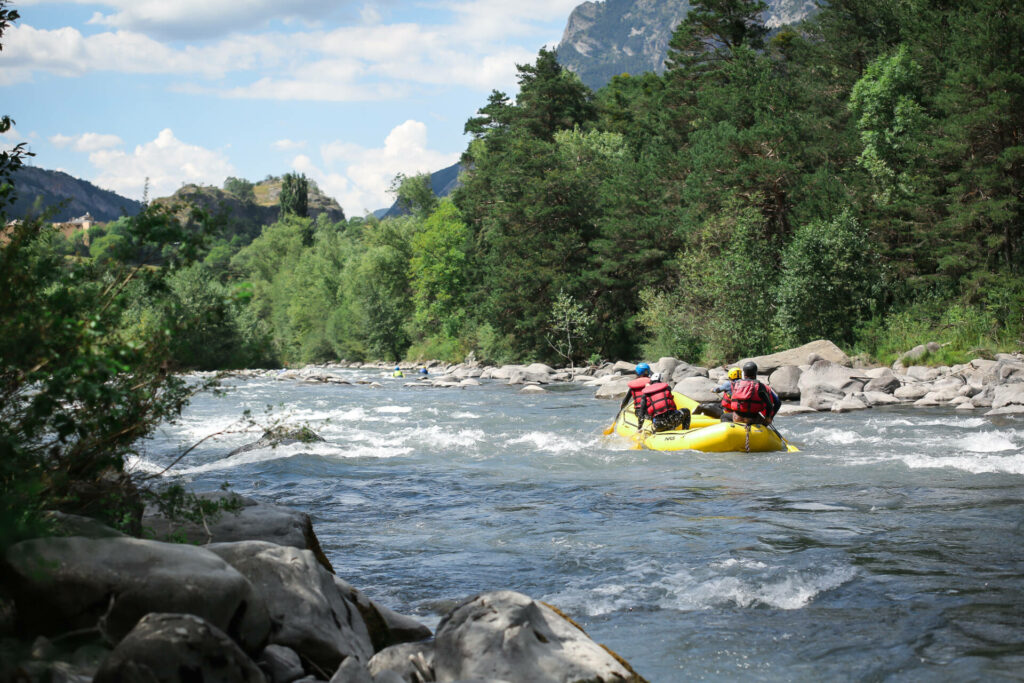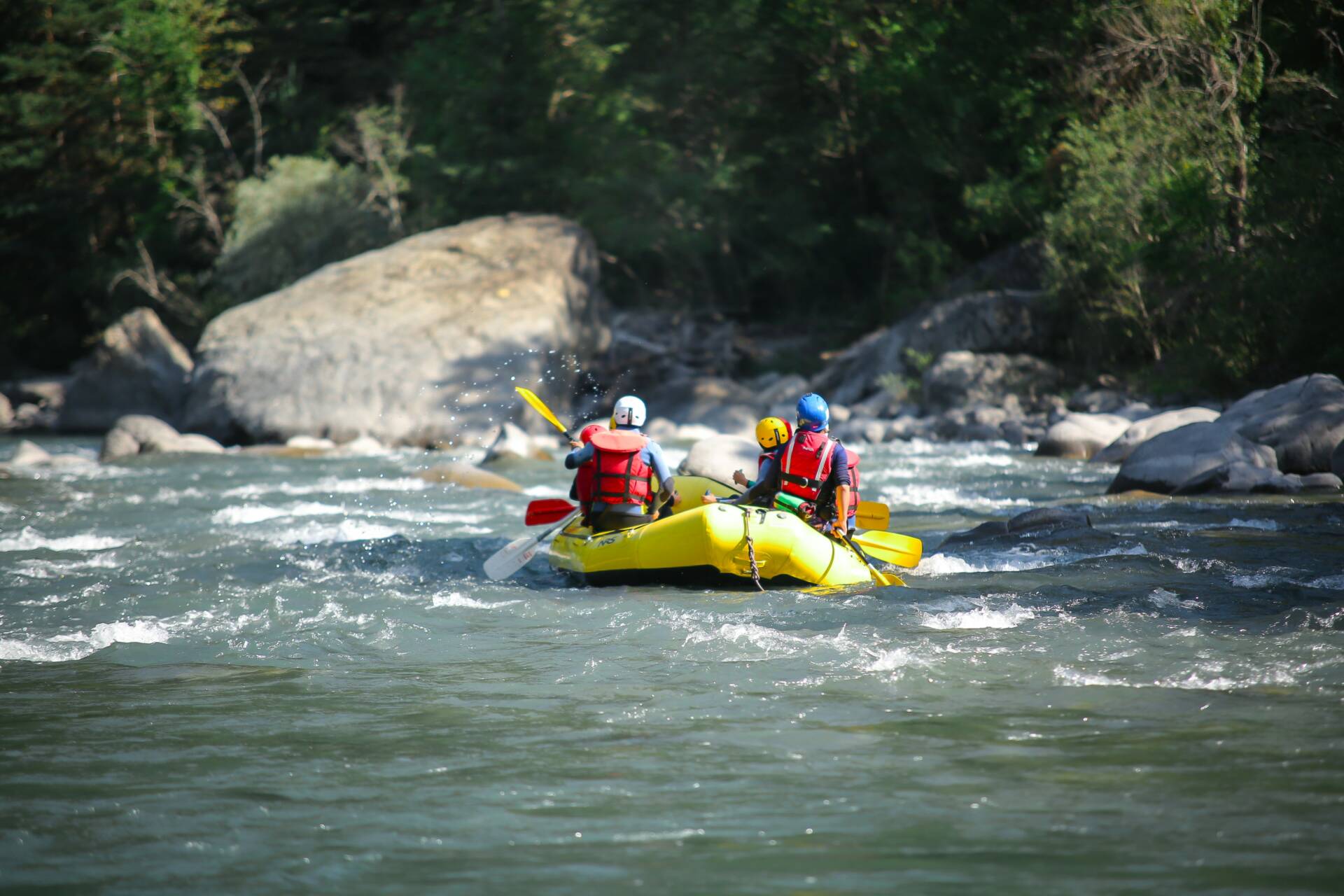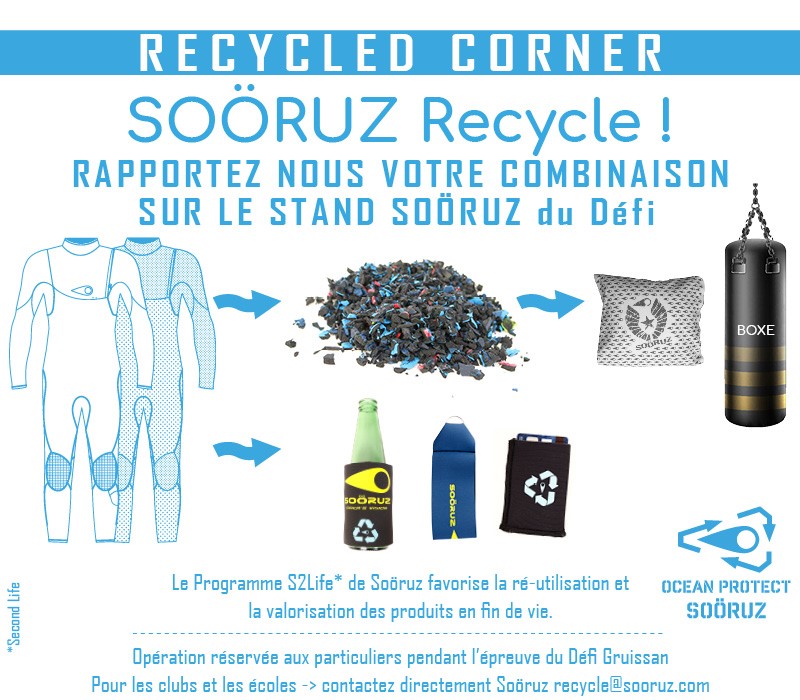Towards more eco-responsible Rafting
THE Rafting, that's great, but doing it while respecting our beautiful planet is even better! Choosing operators eco-responsible as Crazy Water, respecting sensitive areas and adopting sustainable practices are some of the tips you will discover throughout this article to make rhyme Rafting and preservation of theenvironment. So, ready to make your river trips greener?

Rafting and the environment
Good practices
Good news, it is entirely possible to make Rafting in a sustainable and environmentally friendly mannerenvironment. Here are some tips to make your next descent as eco-friendly as possible.

Choose eco-responsible operators
The first step for a Rafting sustainable is to choose operators who respect the environment. Favor those who have ecological certifications, such as the “Sustainable Tourism” or “Green Key” label, which use non-polluting equipment and which raise awareness among their customers about nature protection. These operators typically take specific measures to minimize their environmental impact, such as using boats made from recycled or recyclable materials, and life jackets made from eco-friendly fabrics.
Additionally, they often offer training on the importance of preserving aquatic ecosystems, thus allowing participants to become ambassadors for nature protection. Furthermore, eco-responsible operators frequently participate in local initiatives for conservation and restoration of natural habitats, which further reinforces their commitment to sustainability.
Crazy Water serves the planet by:
- Raising your awareness of the preservation of the local ecosystem;
- Providing you with dry toilets;
- Offering you showers powered by solar energy
To learn more about our base and our vision of the practice of Rafting, do not hesitate to contact us contact !
Respect sensitive areas
When descending, pay attention to sensitive areas. Avoid disembarking in undeveloped areas and respect marked trails to limit erosion. Riparian zones, i.e. river banks, are essential habitats for many animal and plant species. Disturbing these areas can have devastating consequences on local biodiversity.
By learning about sensitive areas before your trip, you can plan your route to minimize your impact. For example, choose official entry and exit points and avoid bird nesting grounds or aquatic mammal habitats. In addition, respect the reproduction periods of certain species and be careful not to practice rafting in protected areas during these critical periods. At Crazy Water, we always use the same access routes to the river to reduce our impact.
👉 Read also : The 10 best rivers for rafting in the world
Leave no trace
The principle of “Leave No Trace” is fundamental to outdoor activities and therefore this also applies to Rafting. Don't leave any waste behind and use biodegradable trash bags to transport your waste to an appropriate collection area. Bonus point if you carry a small cleaning kit with you to pick up any trash you might encounter.
The principle of “Leave No Trace” is fundamental to outdoor activities and therefore this also applies to Rafting. Don't leave any waste behind and use biodegradable trash bags to transport your waste to an appropriate collection area. Bonus point if you carry a small cleaning kit with you to pick up any trash you might encounter.
Moreover, the use of chemicals such as sunscreen or insect repellents should be limited because they can pollute the water. Prefer biodegradable products that are safe for the environment. Finally, remember that the local wildlife welcomes you into their home for a few hours, so don't disturb them. Observe animals from afar and respect their natural habitat. Adopting these practices not only contributes to the preservation of rivers, but also to raising awareness among other practitioners of environmental issues.
Raise awareness and educate
There sensitization is a pillar of sustainable tourism. If you're going in a group, take the time to discuss the importance of protecting the environment with your fellow adventurers. Find out about the ecosystems you will cross and learn to respect the fauna and flora of the region. Participate in training sessions in the field organized by associations or environmental experts. These trainings can include information on local species, the impacts of human activities on rivers, and best practices for minimizing these impacts.
Additionally, you can engage in conservation projects, such as cleaning rivers or restoring degraded banks, thus actively contributing to environmental protection. Raising awareness among younger generations through educational programs can also play a crucial role in promoting responsible behavior in the long term.
👉 Read also : The importance of preserving aquatic ecosystems: how to protect our rivers
The importance of Rafting for eco-responsible tourism
THE Rafting sustainable has several advantages, including the valorization of natural resources, THE local economic development and the ecosystem conservation. Let's see all this in more detail!
Valorization of natural resources
Rafting, when practiced sustainably, allows you to enhance natural resources by encouraging practitioners to discover and appreciate the beauty of rivers and their surroundings, while becoming aware of the need to protect them. This awareness is essential for promote environmentally friendly tourism. By exploring preserved rivers, you become witness to the richness and diversity of aquatic ecosystems. Impossible to remain indifferent to the beauty of the Ubaye Valley! This direct connection with nature is sure to inspire a deep respect and desire to protect these precious habitats for future generations.
By promoting natural landscapes through activities such as rafting, the local population can also promote other forms of sustainable tourism, such as hiking or birdwatching, thus diversifying economic opportunities while protecting the environment.
Local economic development
THE Rafting sustainable can also be a engine of local economic developmentBy attracting environmentally conscious visitors, it encourages the emergence of small businesses highlighting regional know-how: guides, eco-responsible accommodation and restaurants using local products.
By choosing local service providers, you contribute to a more sustainable and equitable economy. In addition, revenues generated by tourism can be reinvested in conservation and natural resource management projects, thus strengthening the resilience of local ecosystems.
👉 Read also : Slow tourism in 8 key concepts: The art of traveling at a snail's pace
Conservation of ecosystems
By promoting environmentally friendly practices, Rafting contributes to the conservation of ecosystems. Operators and practitioners aware of the fragility of aquatic environments can become actors in river protection, by participating in clean-up actions or supporting conservation projects.
For example, some Rafting bases collaborate with researchers to monitor water quality and ecosystem health. By participating in these initiatives, you can help collect valuable data that will be used to develop sustainable river management strategies. Additionally, by sharing your experiences and knowledge with other outdoor enthusiasts, you can to raise awareness more people to the importance of protect our invaluable natural resources.
Rafting is an activity that can have impacts on the environment, but with a sustainable approach, it is possible to minimize these effects and even to participate positively in the preservation of rivers and their ecosystems. By adopting a few of these tips, everyone can become a player in sustainable tourism and help preserve rivers for future generations, while fully enjoying the beauty and excitement that Rafting has to offer.



